Radical prolongation of life: anti-aging substances
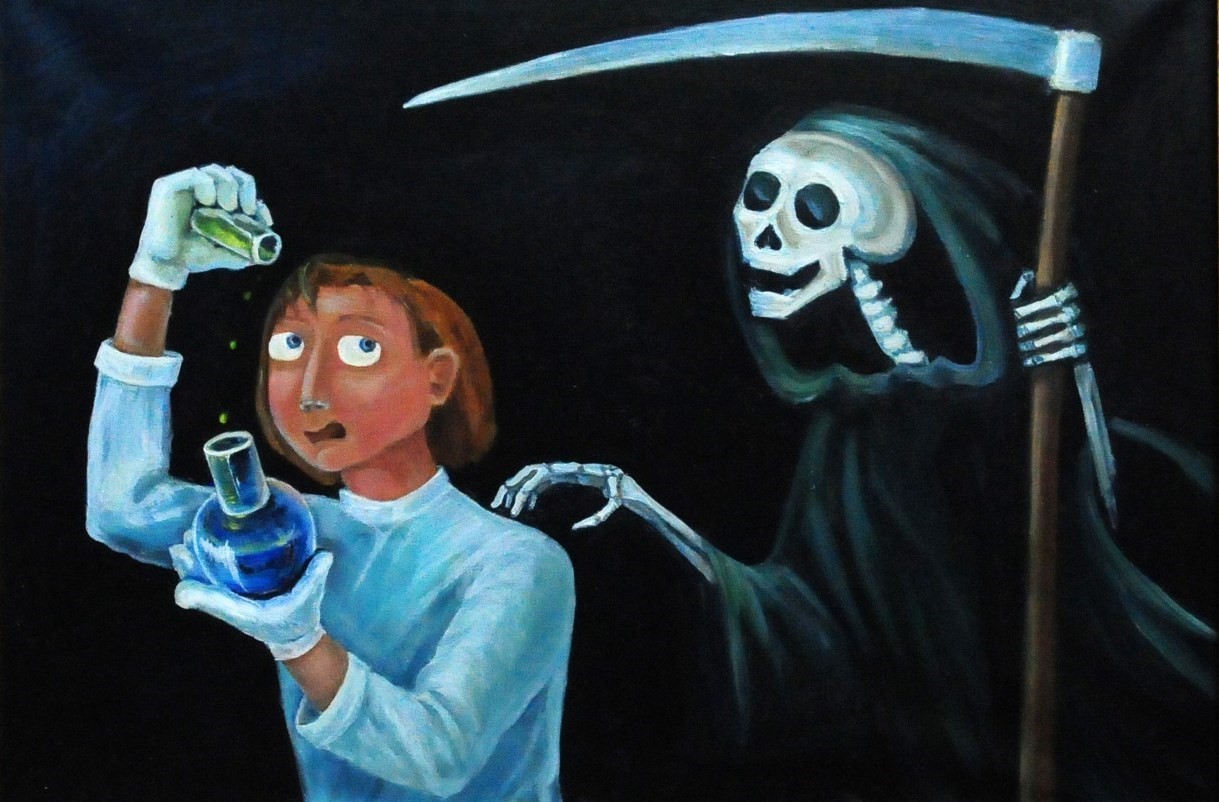
Painting Eugene Kashina "Elixir of Immortality"
What you need to do to increase your chances of a long and healthy life? Maintain physical activity, eat more vegetables and fruits, sleep well, take a walk in the fresh air, avoid stress, regularly undergo a medical examination - these recommendations are over a hundred years old. In fact, everything is useless - you still die.
But there is good news: in the era of neural networks, gene therapy and machine learning, it became possible to study the aging process of cells, tissues and organs. We already know some methods of slowing down the rate of aging, and in 10–20 years, we may learn to reverse these processes. In any case, it is better right now to aim at living healthy longer, to see with your own eyes whether science can finally solve the problem of the pathology of aging.
The main risk factor
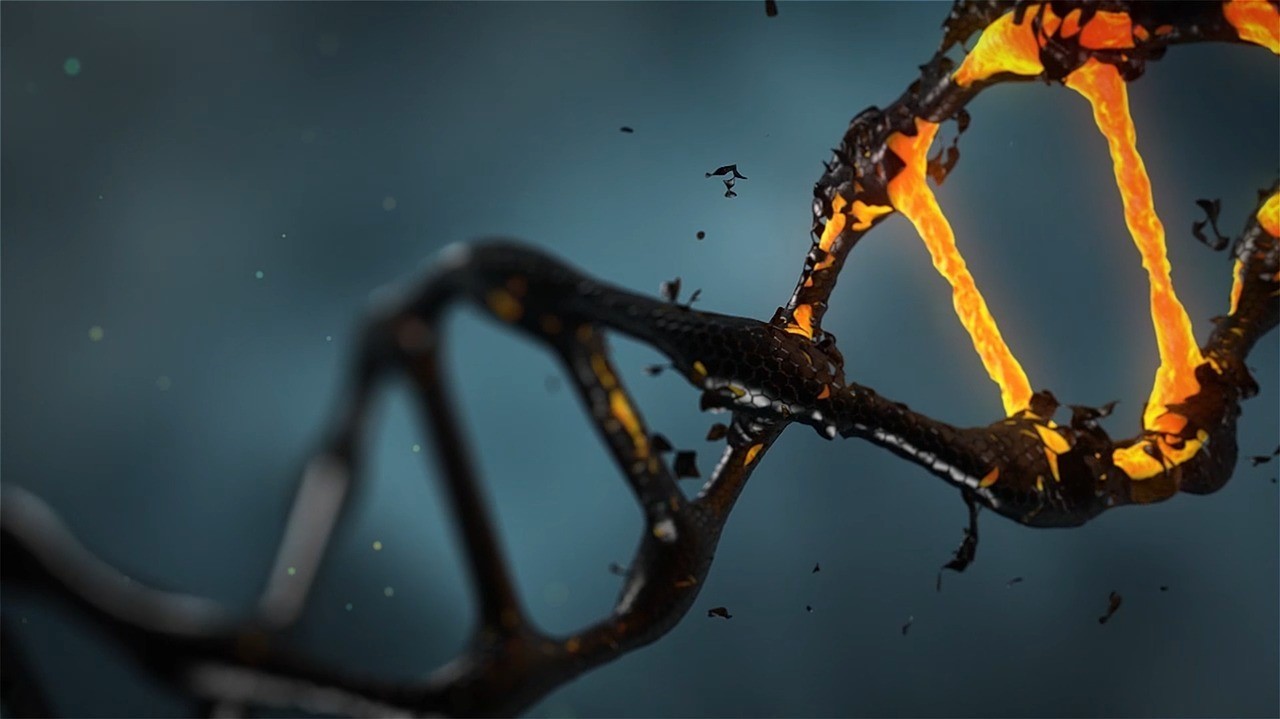
On the Health Mail.Ru project, and here in the blog, we already wrote that there is no switch in the human body that would disable vital functions at the appointed hour. We are not programmed to die, but in nature, in principle, there is no such thing as a “maximum age of life”. A rodent is a bare digger who lives ten times longer than its relatives - imagine that people would live for 150 years. Well, the hydra (also an animal) is in principle immortal.
So, we said that if not immortality, then a significant extension of life is possible in principle. But how exactly is this possible right now, if you are not a laboratory rat and not a scientist who puts experiments directly on yourself?
At the beginning of 2017 in Florida, the conference “Achievements in therapeutic approaches to prolonging a healthy period of life” was held, where hundreds of the world's best geroscience experts met. One of the main theses of the conference was that aging is the main risk factor for all age-related diseases. For example, aging contributes to the development of cardiovascular diseases and cancer three thousand times stronger than smoking and unhealthy diet combined.
Slowing down aging with the help of various methods leads to a slowing of the onset of age-related diseases. There are many geroprotectors in the world (a common name for a group of substances for which the ability to increase life expectancy is found), some of which are used as medicines, and some are consumed every day with food.
How does food affect us

Nutrigenomics is a science that studies the effect of nutrients consumed on gene activation and the consistent effect that leads to diseases. For example, elevated blood cholesterol is a predictor of the risk of developing Alzheimer's and cardiovascular diseases. The more fat you eat, the higher the risk (this rule is a rare exception for genetic mutants). This science can answer the question of what to eat for health.
A short list of useful and available substances looks like this: garlic, rosemary, quartzinthin (broccoli, dill and other vegetables), astaxanthin (fish of the salmon family, shrimps), green and black tea, resveratrol (grapes, wine, cocoa, nuts), honey, ellagic acid (pomegranate). However, some of these substances reduce the activity of enzymes, and some increase, and they are fully effective if you take them in accordance with your genetic information. There are several companies in Russia offering DNA testing services for detecting susceptibility or resistance to disease. Only by receiving the test results, you will understand which substances should be concentrated.
There is a theory that caloric restriction of food prolongs life. The monkeys, which were fed 20% calorie-limited food (compared to what the monkey would have eaten without any restrictions), lived 20% longer. But it is difficult to say how this method can help people - you need not only to limit food to 20%, but also to choose what and how we limit. The most adequate version of the diet says that 5 days a week you eat what you want (within reason), and 2 days eat no more than 500 kilocalories a day.
It is worth considering how different diets affect life expectancy. According to epidemiological data, vegetarianism really prolongs life (by 9% compared with the omnivorous group). More advanced vegans, it turns out, live longer than vegetarians and even more than ordinary meat eaters - by 15%. But vegans are not the top rankings. The longest life expectancy is observed in people sitting on a vegetarian diet, but consuming dairy products, eggs, fish, and seafood (sandy vegetarian). Ordinary vegans and vegetarians can be terrified, but sand-vegetarianism extends life by 19% (compared to the traditional American type of food).
A number of molecules present in healthy foods can be packaged in medicine, taken and aged more slowly: omega-3 fatty acids, lycopene, metformin, rapamycin, resveratrol, vitamin D, NMN (NAD +), caffeine, curcumin, ginseng, astragons, black pepper . We will tell about some available geroprotectors in more detail.
Rapamycin
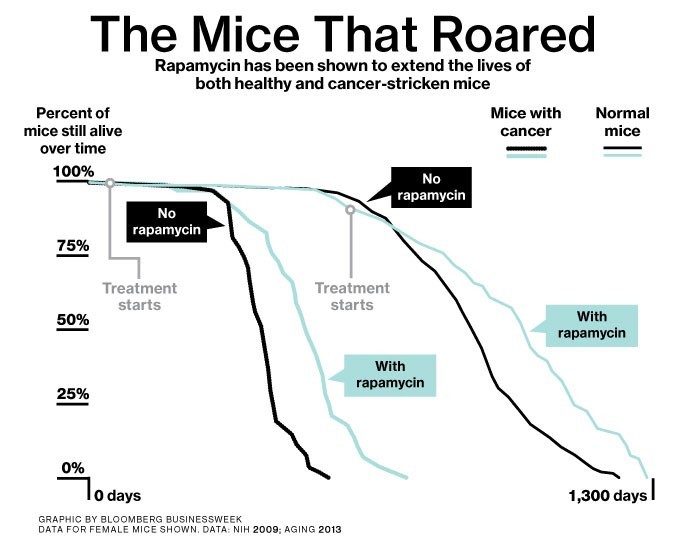
Novartis Transnational Corporation, the second largest pharmaceutical company in the world, has successfully conducted clinical trials of the rapamycin analogue and has determined that it improves immunity characteristics in the elderly. It sounds surprising, because initially rapamycin is an immunosuppressant used to prevent rejection of transplanted organs.
Rapamycin inhibits the activity of mTOR - intracellular protein, which is a signal element regulating the development and hypertrophy of muscle fibers. When activated, mTOR stimulates the growth of muscle tissue, and the more cells divide, the closer the aging.
In addition, rapamycin does not allow cells to go to the senescent state, i.e. in a state where cells have lost their ability to divide, and cause systemic inflammation of the whole organism and aging of a person. Old cells are generally a big problem, so senolithics, substances that destroy senescent cells, are now being actively developed.
Metformin
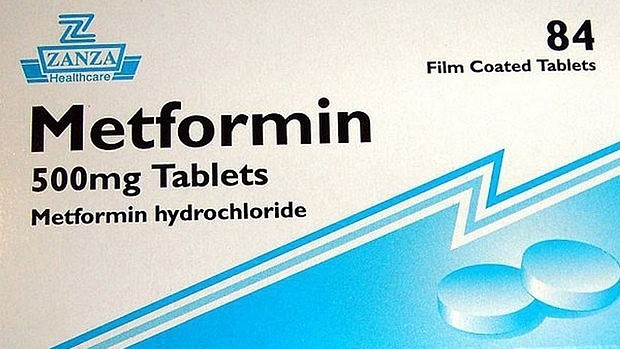
Metformin is a drug used to treat type 2 diabetes. It turned out that diabetics who ate metformin lived longer than healthy people. By the way, diabetes treatment gave the world another anti-aging drug, acarbose (as a geroprotector, it is almost ineffective for women).
At the Florida conference, Nir Barzilai, director of the American Institute of Gerontology, said that there are more than 200 studies of metformin on people showing that he is able to delay the onset of diabetes, cardiovascular diseases and other age-related health problems by about 30%. And these indicators were more effective than those that were achieved in mice and rats.
Gil Crandell from Stanford tested two substances in public - metformin and resveratrol. She studied metformin on people with impaired glucose metabolism (to some extent glucose metabolism is disturbed in more than half of humanity) and found a significant improvement in metabolic rate, but moreover, almost all other age indicators also improved.
The effect of metformin on the body is similar to the effect of a hunger strike: the metabolism slows down. In this case, you do not feel cheerful, rather the opposite. People who regularly use Metformin, are forced to compensate for the side effects of something tonic, observing a balanced diet. Since the use of metformin is akin to an exhausting workout, it can be used for weight loss when muscle volume is of secondary importance.
An important clarification for those who are going to eat all known geroprotectors and live forever. In 2011, tests on a combination of metformin and rapamycin began in mice, but the results are not yet known. Scientists are waiting to see whether they can achieve an additive effect or if the drugs annihilate each other.
Resveratrol
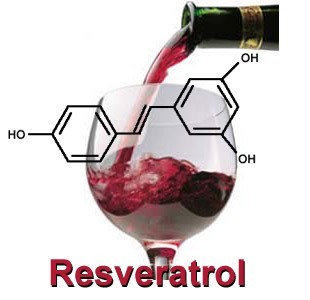
For resveratrol conducted a full registered clinical trials that lasted 3 years. The study involved 38 patients who were given 2 grams of the drug per day (in the fruits and vegetables of the daily diet contains 10 milligrams). Scientists had expected resveratrol to affect glucose or its metabolism, but the result was zero. Resveratrol showed no effect on glucose uptake in a double-blind, randomized study. However, it significantly improved the strength of the walls of blood vessels, and in the muscles led to an increase in the number of mitochondria.
Fans of red wine are sure that it prolongs life due to the nutrients it contains. Scientists even singled out all the benefits in a separate molecule and determined that there really is something useful in wine - resveratrol - a substance formed in the skins of red grapes. By the way, grape juice is not inferior to red wine in terms of resveratrol content. The problem is that to provide at least some non-homeopathic effect of resveratrol, you need to drink 30 liters of wine a day. In general, resveratrol is useful, but red wine is not particularly.
Blood transfusion
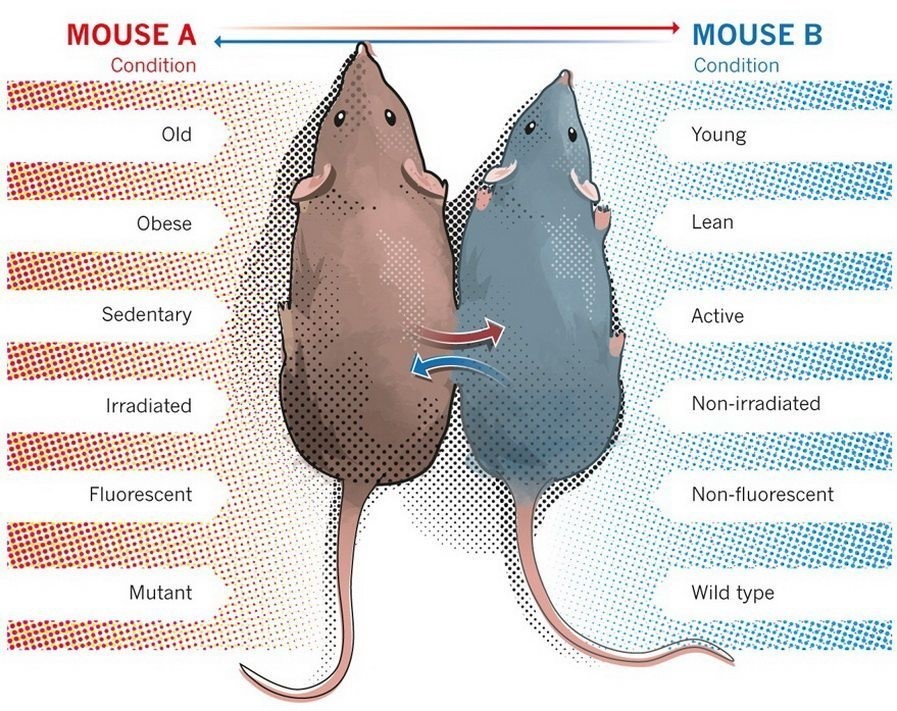
Tony Weiss-Korey is studying how the plasma of young blood can reverse aging brain and other organs of the body. He analyzed in detail the improvement of memory due to blood plasma transfusions of people of different ages to mice, and found that the plasma of young people rejuvenates mice in the same way as the plasma of young mice. Tony plans to begin clinical trials of plasma transfusions to improve the mental abilities of the elderly in the coming months.
You could hear about these experiments, they have been underway since 2007. Older mice sharing blood supply with young mice (the blood systems were sutured to them) can rejuvenate, i.e. they look younger and their brains function as younger.
Tony Weiss-Corey identified a factor without which blood transfusion does not work - TIMP2 protein, a metalloproteinase blocker. If you remove it from the transfused plasma, the effect of improving memory disappears. Work in this direction in the future may allow for the effect of young blood without the blood itself.
NAD +
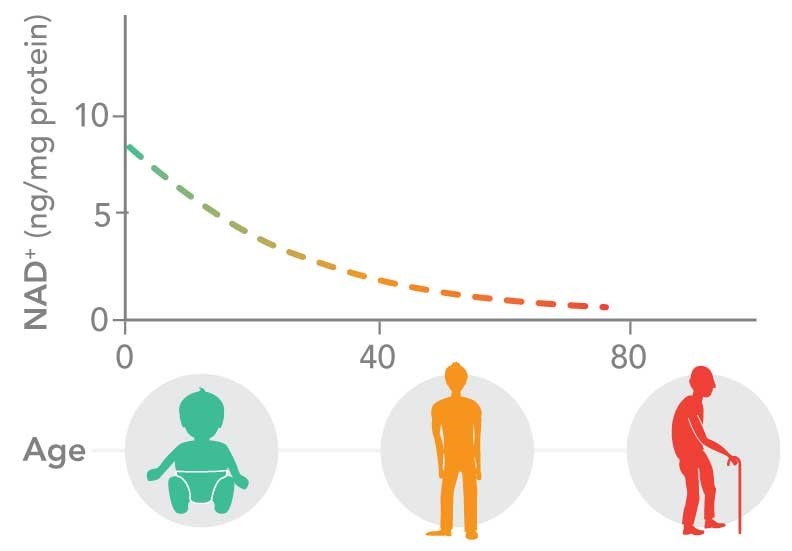 The content of NAD in human tissues, depending on the age of
The content of NAD in human tissues, depending on the age ofNicotinamide adenine dinucleotide, also known as NAD, is a molecule present in all living cells. In the metabolism of NAD is involved in redox reactions, transferring electrons from one reaction to another.
Currently, NAD + itself (written with a plus due to the formal positive charge of the nitrogen atom) is not used to treat any diseases, but its potential role in the treatment of neurodegenerative diseases is being studied.
NAD + increases longevity, reduces inflammation, increases insulin sensitivity, protects the liver, and also delays the onset of Alzheimer's disease. It turned out that one of the physiological functions of this molecule is to enhance the ability of the cell to repair DNA damage and protect the genome, including from radiation. Scientists say that the organism can be introduced into a state when it begins to repair DNA damage more effectively, or to prevent their occurrence at all.
Often it is the inevitability of gradual damage to the genome that served as one of the reasons for the assertion that aging can not be cured - now we can confidently say that there are specific mechanisms by which the genome can be stabilized and effectively “repaired”. An alternative option is the stem cell reprogramming mechanism in combination with gene therapy, demonstrating the ability to avoid problems with the accumulation of mutations.
Gene therapy
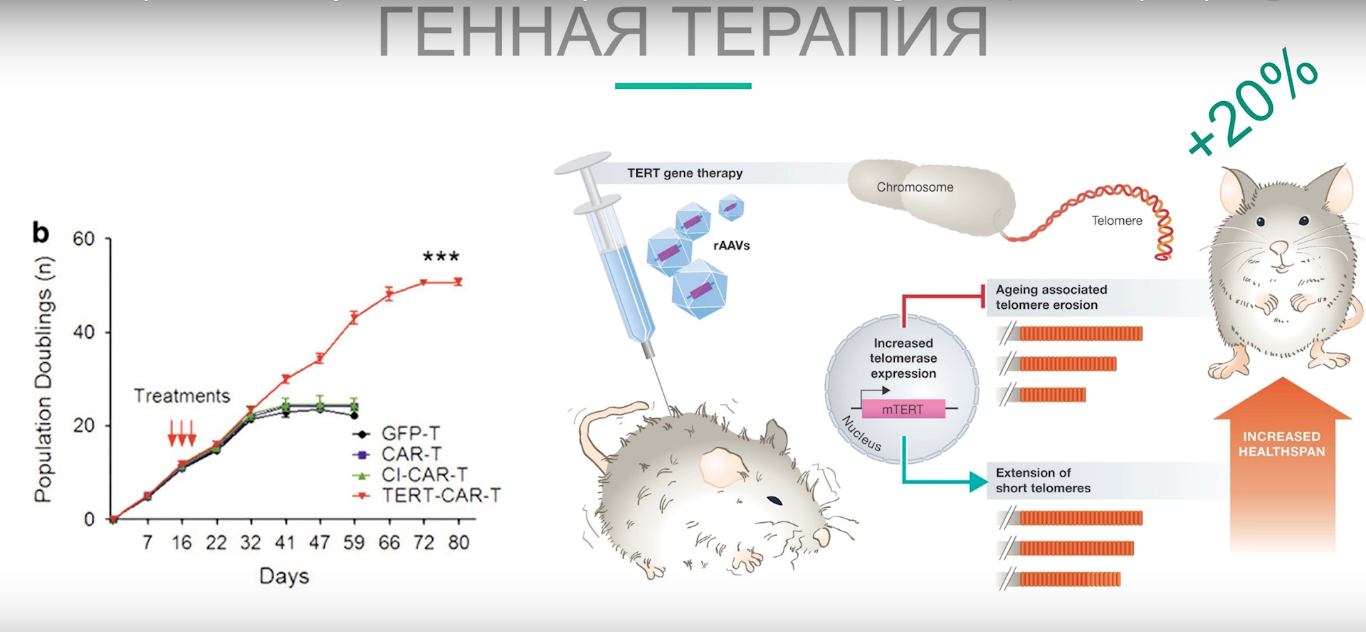
9 of the 10 leading causes of death in the world, according to WHO, have genetic components.
Can we prolong life with genetic mutations? It turns out, yes. When you make just one mutation, turning off some genes, we can prolong life. In the illustration above, you see an example of an experiment in which a one-year-old mouse (quite old) was given one injection with a virus from which all the genes were pulled out and a single telomerase gene of the mouse itself was inserted . Thanks to this experience, the life of the GMO mouse has been extended by 20%.
At the moment, 300 clinical trials of gene therapy are underway in humans, which are treated by this "mouse" method. Two of these drugs have already been tested, and entered the world markets. It is pleasant to realize that one of the drugs was created in Russia - it is neovasculgen, intended for the treatment of chronic lower limb ischemia. The drug showed efficacy in the treatment of diabetic foot syndrome.
Conclusion
More than 250 substances that have a positive effect on life expectancy are known in the world, but we have absolutely no idea how they interact with each other. It is already clear that there will not be one magic pill that acts only on the mechanism of aging - we are waiting for a long treatment process, which includes a combination of many drugs. The main thing here is not only to find the necessary combination of drugs, but also to prevent possible side effects.
Sources:
Alexander Kolyada, Researcher, Scientific Research Institute of Gerontology (Kiev): " Scientific approaches to the extension of life: Anti-age medicine - myths and reality ."
Mikhail Batin, President of the Foundation for the Support of Scientific Research “Science for the Extension of Life”: “A Strategy for Victory Over Aging ”, “ Scripps Symposium on the Biology of Aging ”.
Andrei Afanasyev, CEO of the bioinformatics company iBinom: “ Why are we getting older? "
